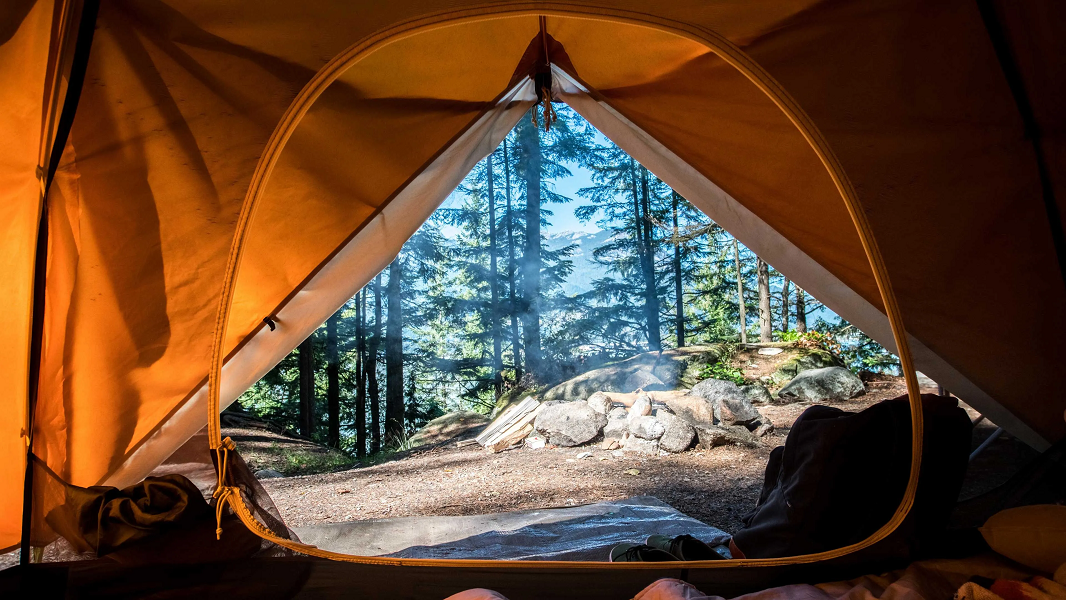
Camping is a popular outdoor activity that many people around the world enjoy. It provides an opportunity to reconnect with nature, spend time with family and friends, and unwind from the stresses of daily life. One of the most important things to consider when camping is the type of tent you will need. There are many different types of tents available, each with its own unique features and benefits. In this article, we will explore the different types of tents and their uses.
Dome Tents
Dome tents are one of the most popular types of tents used for camping. They are designed with a rounded shape and offer a spacious interior. Dome tents are freestanding, which means they can stand up on their own without any additional support. They are easy to assemble and pack away and are available in a variety of sizes, from small two-person tents to larger family-sized tents.
Dome tents are ideal for camping in areas with mild weather conditions. They offer good ventilation and are great for summer camping trips. However, they are not suitable for camping in areas with high winds or heavy rain, as they do not provide the same level of protection as other types of tents.
Tunnel Tents
Tunnel tents are long and narrow with a tunnel-like structure. They are popular for camping with larger groups or families, as they offer plenty of space and can be divided into separate rooms. Tunnel tents are designed to withstand harsh weather conditions, such as high winds and heavy rain.
Tunnel tents are easy to assemble and pack away, but they do require more space than dome tents. They are also heavier and more cumbersome, which can make them less suitable for backpacking or hiking trips.
Pop-up Tents
Pop-up tents are lightweight and compact, making them ideal for backpacking or hiking trips. They are designed to be extremely easy to set up and can be assembled in just a few seconds. Pop-up tents are available in a range of sizes, from small one-person tents to larger family-sized tents.
Pop-up tents are not as durable as other types of tents and are more susceptible to damage from high winds and heavy rain. They also provide less ventilation, which can make them uncomfortable in hot weather.
Cabin Tents
Cabin tents are popular for family camping trips. They are spacious and offer plenty of headroom, making them more comfortable for extended stays. Cabin tents are designed to be sturdy and durable, often with steel frames and heavy-duty fabrics.
Cabin tents are easy to assemble and pack away, but they do require more space than other types of tents. They are also heavier and more cumbersome, which can make them less suitable for backpacking or hiking trips.
Backpacking Tents
Backpacking tents are designed to be lightweight and compact, making them ideal for backpacking or hiking trips. They are typically smaller in size and can be easily carried in a backpack. Backpacking tents also offer a freestanding design, making it easy to set up camp in any location.
Backpacking tents are not as spacious as other types of tents and offer less headroom. They are also less durable than other types of tents and are more susceptible to damage from high winds and heavy rain.
Family Tents
Family tents are designed for larger groups or families. They offer plenty of space and can be divided into separate rooms for added privacy. Family tents are typically made from heavy-duty fabrics and are designed to withstand harsh weather conditions.
Family tents are larger and heavier than other types of tents, which can make them less suitable for backpacking or hiking trips. They also require more space to set up and pack away, which can be a challenge when camping in crowded areas.
Geodesic Tents
Geodesic tents are designed for extreme weather conditions. They are similar in structure to dome tents but are reinforced with additional poles that cross over each other. This creates a stronger and more stable structure, which can withstand high winds and heavy snow.
Geodesic tents are heavier and more cumbersome than other types of tents, which can make them less suitable for backpacking or hiking trips. They also require more space to set up and pack away, which can be a challenge when camping in crowded areas.
Teepee Tents
Teepee tents are shaped like traditional Native American teepees. They offer plenty of headroom and can be divided into separate rooms for added privacy. Teepee tents are typically made from heavy-duty fabrics and are designed to withstand harsh weather conditions.
Teepee tents are larger and heavier than other types of tents, which can make them less suitable for backpacking or hiking trips. They also require more space to set up and pack away, which can be a challenge when camping in crowded areas.
Conclusion
In conclusion, there are many different types of tents available, each with its own unique features and benefits. Dome tents are popular for camping in areas with mild weather conditions. Tunnel tents are ideal for camping with larger groups or families and are designed to withstand harsh weather conditions.

